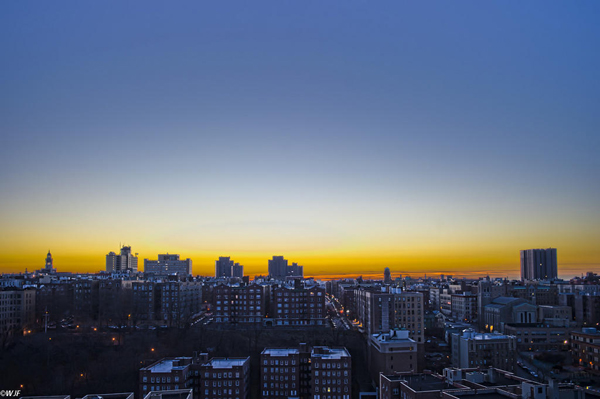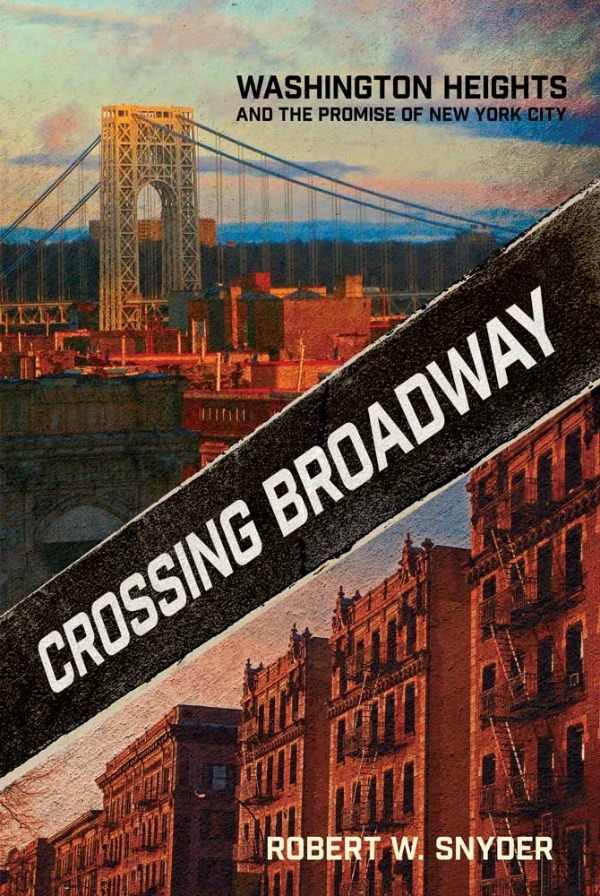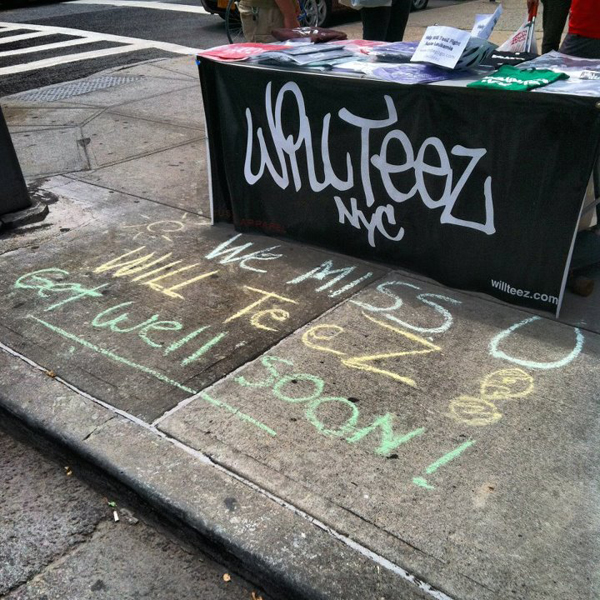BY Led Black (@Led_Black)
Far too many people still view Washington Heights through the prism of the recent past. Crime, drugs, and rampant lawlessness―all of which scarred the neighborhood in the late ’80s and early ’90s―are the first things that come to mind. In fact, Washington Heights has emerged phoenix-like from the ashes of the crack years and is experiencing a renaissance that is reshaping and redefining the community. Crossing Broadway tells the complete and true story of this much-maligned neighborhood with erudition, élan, and the soft touch of personal attachment. Robert W. Snyder’s book is a testament to the tenacity, dynamism, and vitality of the people who have made Washington Heights their home. If you want to truly understand Washington Heights, then Crossing Broadway is an absolute must-read.
Q. First of all, thanks for this wonderful book on our beloved Washington Heights. What compelled you to write it?
A. I grew up in the suburbs in Dumont, NJ, listening to my parents’ glowing stories about our old neighborhood of Washington Heights. When I visited the neighborhood in 1990, during the crack epidemic, I wondered why things had gotten so bad. When I returned in 2003, and saw all the improvements in the neighborhood, I wondered why things had gotten better. To answer my questions I wrote the book.
Q. What has and hasn’t changed about Washington Heights over the years that your book covers?
A. It was and is a neighborhood of immigrants, migrants and their children. But the old unionized seaport industrial economy that helped earlier generations move into the middle class is gone. Today, economic inequality is a real problem in the neighborhood.
Q. There are some folks that genuinely believe that Dominicans destroyed Washington Heights. That the neighborhood was wonderful until the Dominicans showed up. Is that true?
A. Dominicans did not ruin Washington Heights. The neighborhood had real problems with racism and anti-Semitism before World War II, and the economic problems that harmed the Heights and so many other neighborhoods in the 1970s were not caused by Dominicans. Dominican Washington Heights from the 1970s-1990s was a neighborhood of new immigrants. Like other neighborhoods of new immigrants—the Irish Five Points in the nineteenth century or the Jewish Lower East Side in the twentieth century—the Dominican Heights was a mix of hard-working families, crime, and poverty. There were hard times, but overall Dominican immigration saved Washington Heights by preventing the kind of deep population losses that harmed other neighborhoods, like parts of Harlem.
Q. Your book covers Washington Heights until 2010, if you were to write another chapter on the 5 years since then what would the main theme be?
A. Economic inequality, battles for affordable housing, newcomers in the neighborhood, the arts scene, new Latino immigrants (especially Mexicans) and the evolution of the Dominican middle class.
Q. Is gentrification the death knell for that old Washington Heights or just another chapter in its story?
A. Gentrification is not the death knell of Washington Heights, but it does raise profound questions about the neighborhood’s viability as a home for working people. For the foreseeable future the neighborhood will retain a strong Latino identity, with Dominicans forming the largest part of the Latino population.
Q. Your book has been very well received. What are some of the more interesting reactions to the book?
A. I was pleased to see that some conflicts–over schools, for example—do not seem to be as poisonous as they were in earlier times. There are real differences of opinion, but the battles are less destructive.
I am also glad to see how many people are interested in their neighborhood and their city’s history.
Q. Final thoughts…
A. I am enormously pleased with reactions to the book in Washington Heights and Inwood. I really enjoy it when people come out to discuss the book and then share stories from their own past. We need to hear each other’s stories and learn from each other. I’m hoping that you’ll share some of yours! I learned a lot from you when I was researching the book.
RSVP: https://facebook.com/LedBlackBookClub/CrossingBroadway/
Related:
Walking the Heights | The New Yorker
Uptown Video: The Crossing Broadway Panel @ The New School
MTV’s ‘Washington Heights’ – A Historian’s Perspective
We invite you to subscribe to the weekly Uptown Love newsletter, like our Facebook page and follow us on Twitter, or e-mail us at [email protected].



